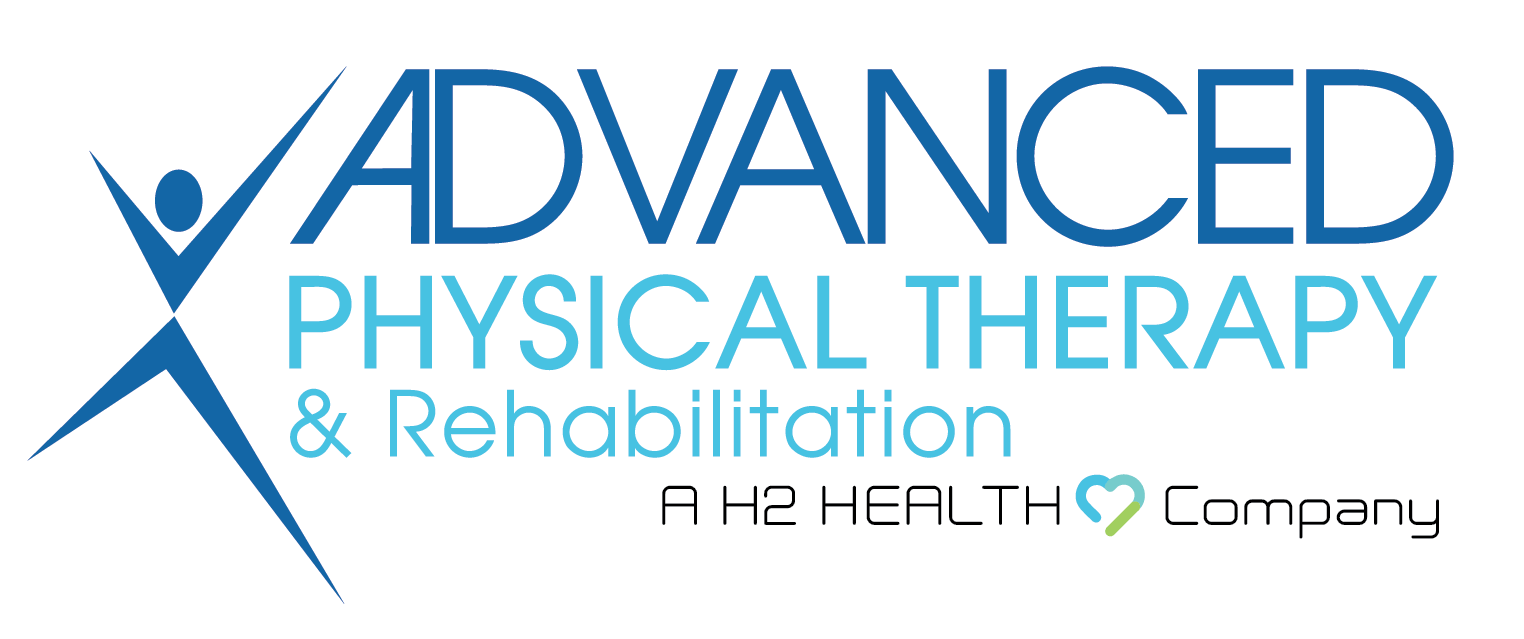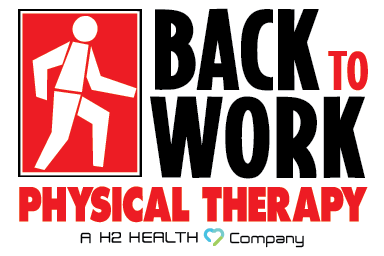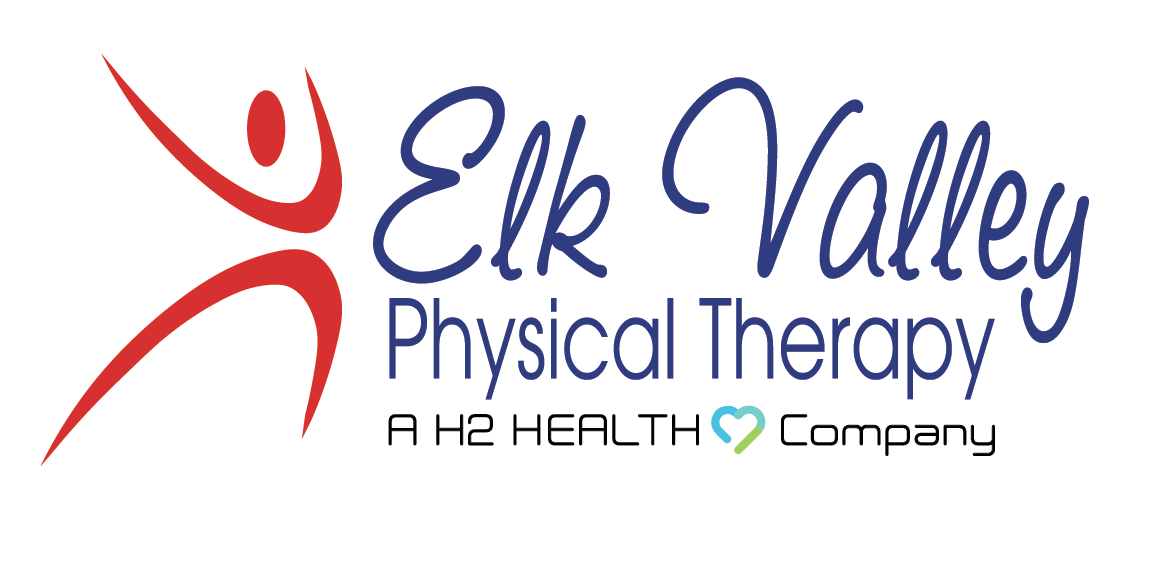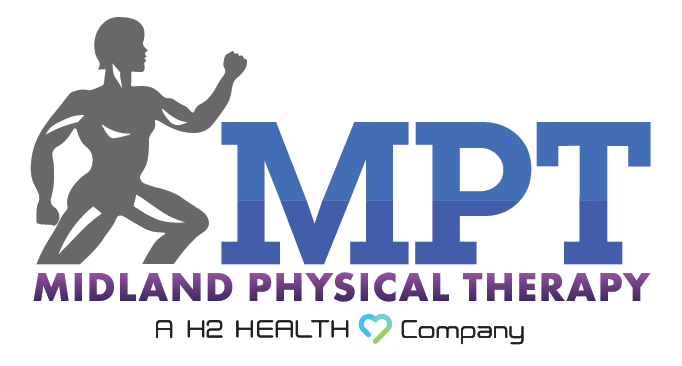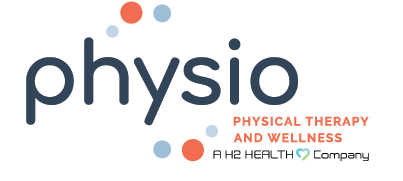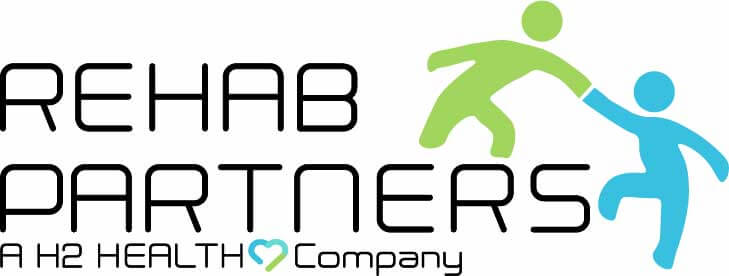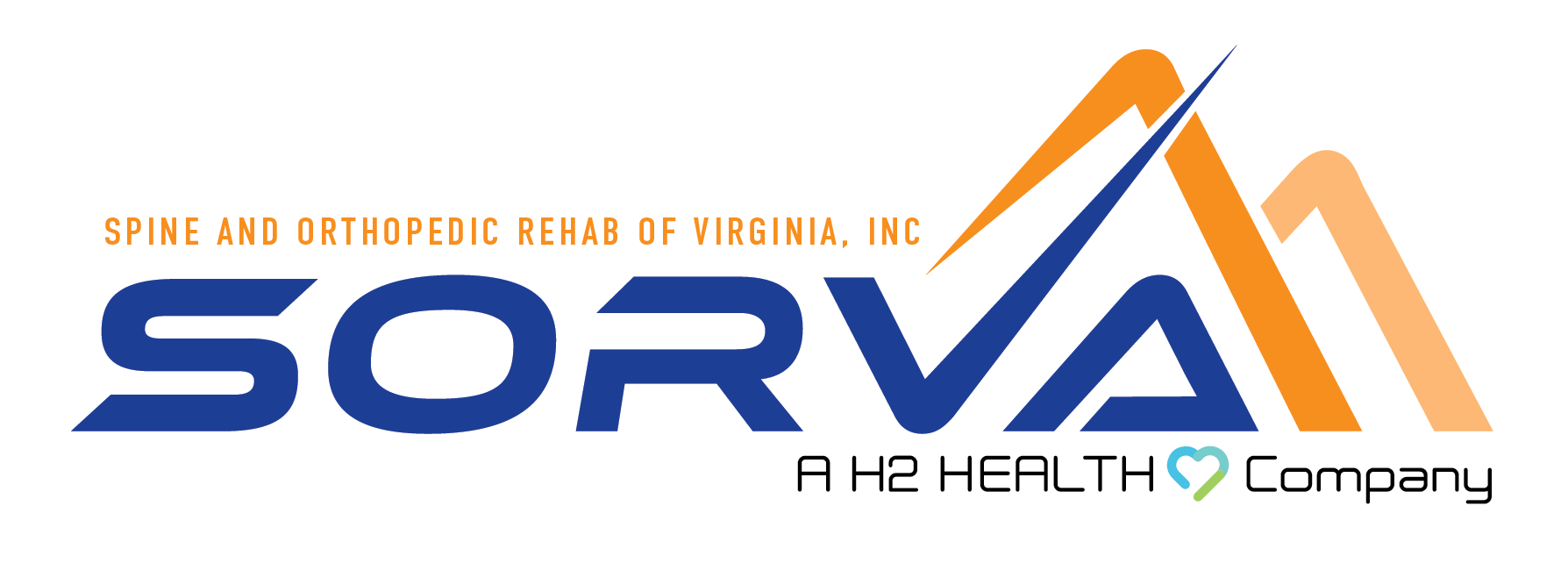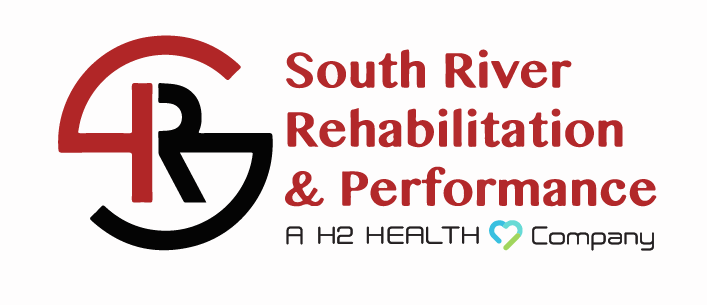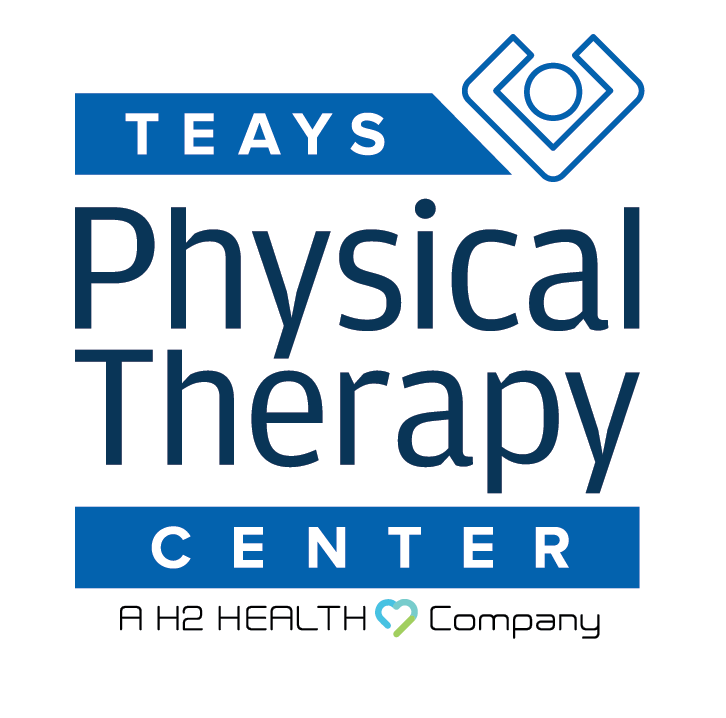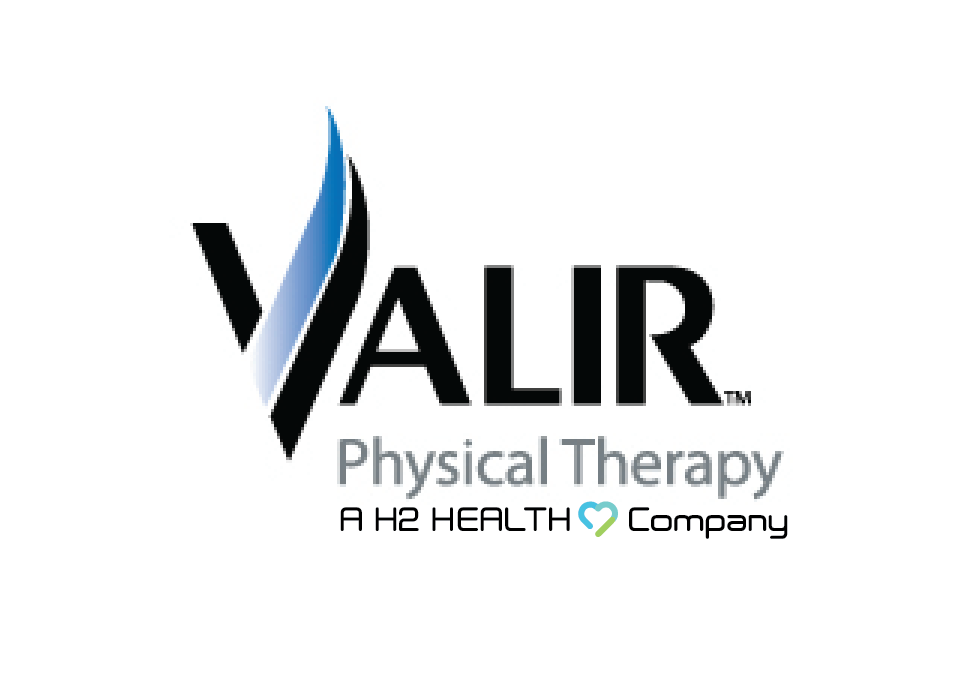
Pain management is a therapeutic objective for most orthopedic patients. People who suffer acute musculoskeletal injuries or have long-term problems, such as fibromyalgia or osteoarthritis, benefit from physical therapy care plans aimed at improved function, well-being, and reduction of ongoing discomfort.
Here’s more about pain management and PT.
A Functional Capacity Evaluation Reveals Abilities and Needs
The first step in managing pain from an orthopedic problem is the functional capacity evaluation of FCE. Through a series of targeted tests, the physical therapist comes to understand–in great detail– the patient’s:
- Flexibility
- Coordination
- Strength
- Balance
- Muscular and cardiovascular endurance
- Capacity and desire to work and what restrictions in musculoskeletal function and structure may exist
Measurements and data obtained during the functional capacity evaluation also help the therapist understand the level and tolerance of pain, whether acute or chronic.
Developing a Physical Therapy Care Plan
With information from the functional capacity evaluation in hand, the therapist develops a plan of care with both active and passive interventions–such as targeted stretching and exercises–to improve deficits and manage pain during therapy sessions and throughout the person’s daily routines at home and in the workplace.
Care plans, continually updated with additional functional capacity evaluations and verbal patient feedback, work on:
- Safe, independent movement
- Pain management
- Body mechanics–strength and posture, as examples
- Balance
- Coordination
- Overall well-being and independence
- Mood (anxiety and depression are common side effects of pain)
- Stress reduction
Managing Pain During Orthopedic Physical Therapy
The physical therapist uses a wide array of comfort and pain management modalities to keep a patient as comfortable as possible during a PT session and while doing at-home treatments and exercises. These, along with the plan of care, address the needs of the entire person–physical, mental, and emotional– not just the pain or mobility issue. We call this a holistic approach to physical therapy.
To specifically address pain during therapy, our therapists:
- Apply heat or cold, or sometimes both
- Use massage to loosen tight muscles and make other therapies more effective
- Manipulate the spinal column for best alignment and nerve function
- Employ braces and splints for joint support and mobilization of bones and soft tissues
- Use extracorporeal shockwave therapy to speed healing
- Ultrasound to reduce inflammation
- Apply electrical stimulation therapy (TENS) for better nerve and muscle function
- Use aquatic therapy for freer movement with less pain and strain
Additionally, it’s very important to tell the physical therapist if:
- Pain worsens during a session and continues to the next day
- Discomfort from therapy disrupts sleep
- Pain and stiffness are higher at the beginning of the but gradually improve
- Therapies cause swelling
- Pain more than a three to four out of 10 on a pain scale
Orthopedic Physical Therapy in Jacksonville, FL
At H2 Health, our professional team works with each patient individually to maximize pain management, the capacity to walk and perform daily tasks independently, and the enjoyment of sports and an active, healthy lifestyle. We show people ways to improve their lifestyle habits, postpone or eliminate the need for pain meds or surgery, and take control of their health and well-being.
To learn more about orthopedic physical therapy or set up a consultation with one of our providers, call us today at (800)699-9395 or fill out our online appointment request form. We have clinics in Pennsylvania, Texas, Oklahoma, Florida, West Virginia, Virginia, and New Jersey: we hope to see you in person very soon!




